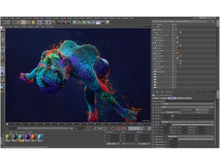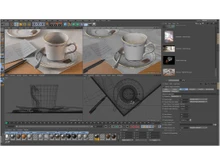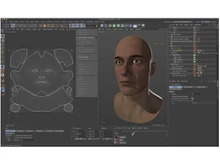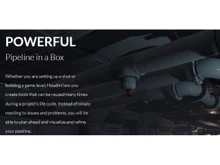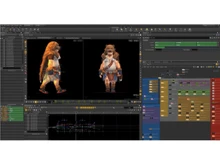Cinema 4D vs Houdini Comparison FAQs
Software questions,
answered
While Cinema 4D offers customized features, Houdini has diverse modules. Select between Cinema 4D or Houdini as per your business needs.
Both these products offer similar features but with a different approach. While Cinema 4D emphasizes on user experiences, Houdini focuses on functionalities.
It all depends on the functionalities that you prefer. While Cinema 4D offers add-ons along with essential features, Houdini emphasizes on customization.
No, the difference between Cinema 4D and Houdini lies in terms of features and functionalities. While Cinema 4D can be customized as per the user’s needs, Houdini addresses the diverse audience.
It depends upon your business requirement. Both Cinema 4D and Houdini provides standard features to cater diverse industry needs.
The difference lies in terms of the user interface and functionalities. While Cinema 4D is customizable, Cinema 4D offers comprehensive modules.


 4 Ratings & 0 Reviews
4 Ratings & 0 Reviews


